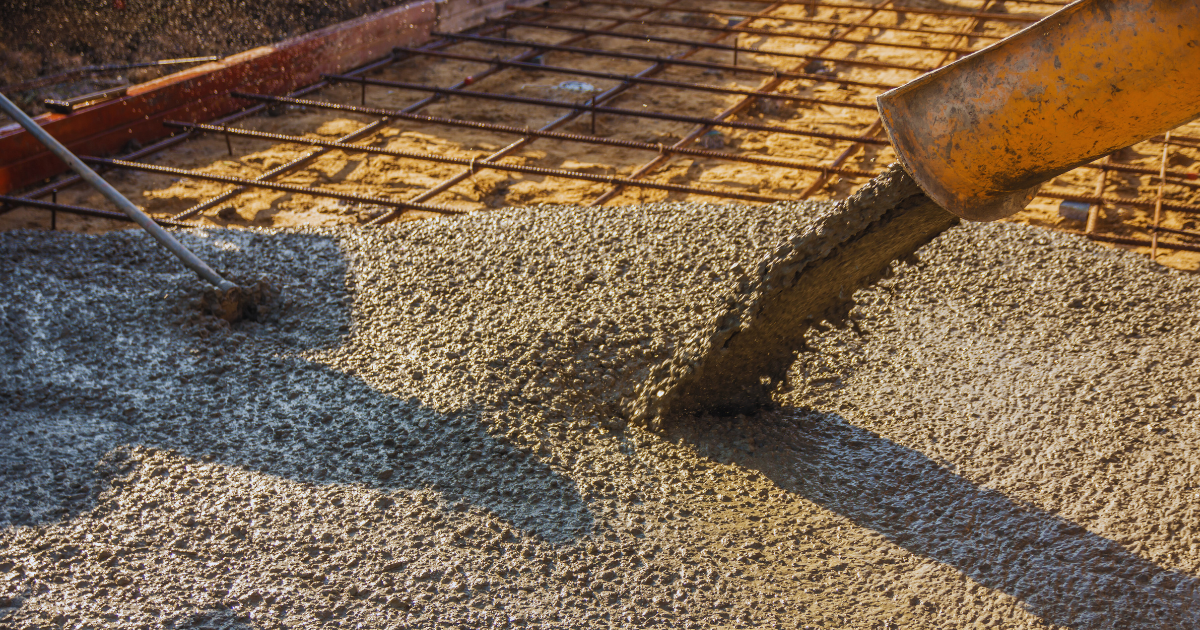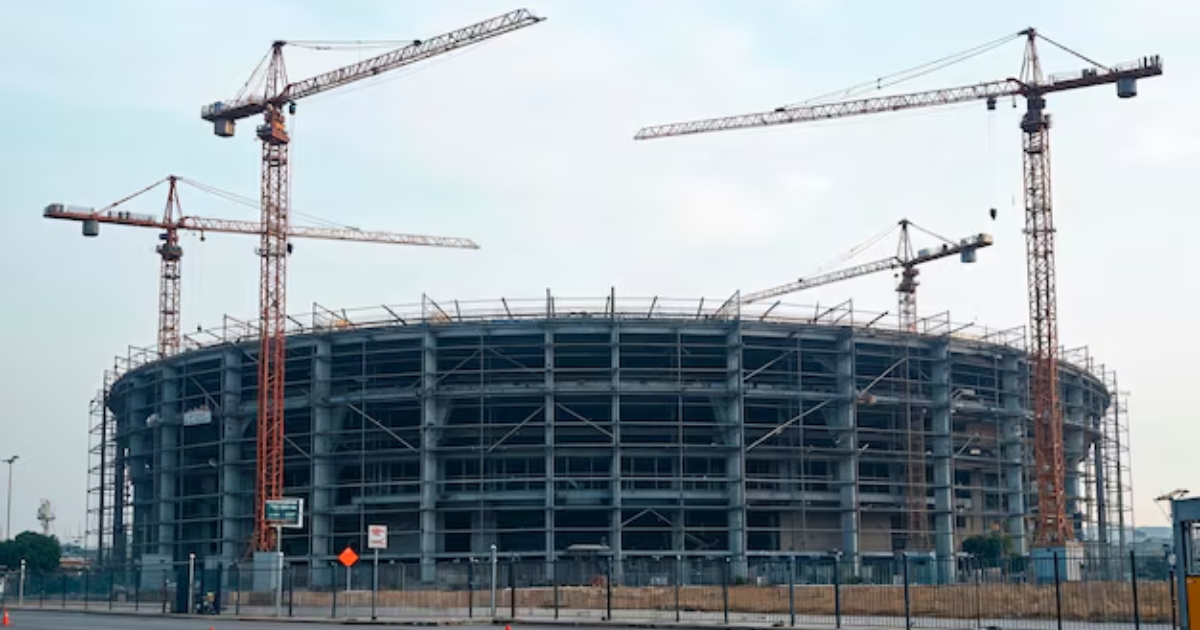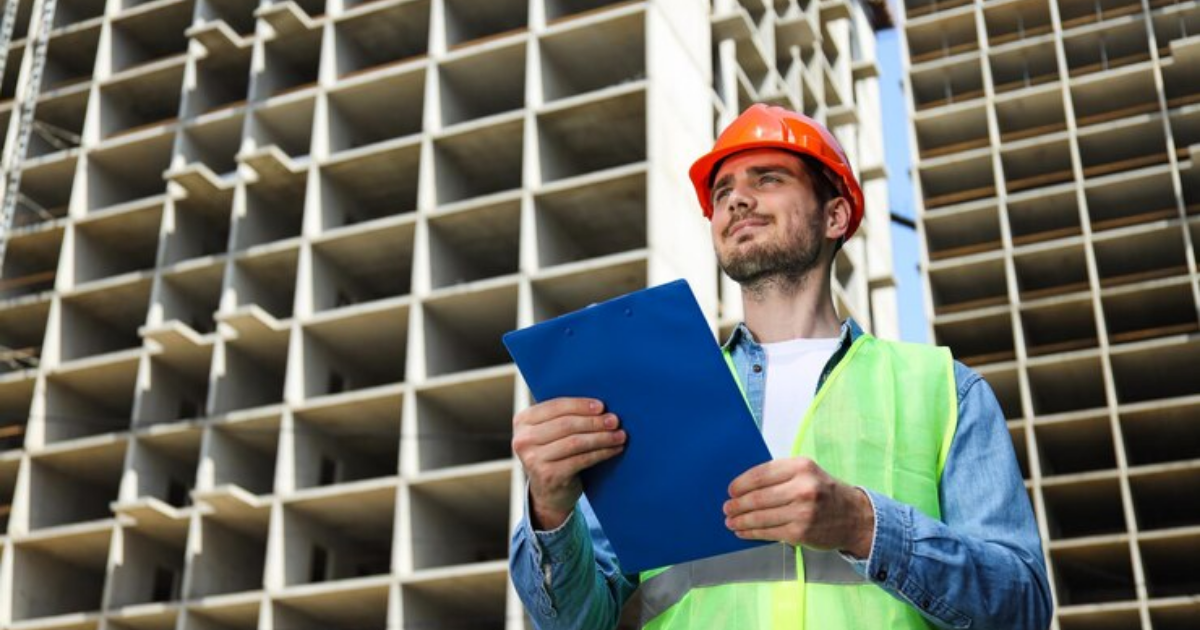Concrete is a fundamental building material used in construction projects worldwide. One of the most convenient and efficient types of concrete is ready-mix concrete. Understanding how is ready mix concrete made is crucial for appreciating the quality and consistency of this material. This comprehensive guide explores the process of making ready mix concrete, from selecting raw materials to the final mixing process.
What Is Ready Mix Concrete?
Before diving into how is ready mix concrete made, it is essential to understand what it is. Ready mix concrete is a type of concrete that is manufactured in a batch plant according to a set recipe and then delivered to a work site by trucks with mounted mixers. This type of concrete ensures uniformity and precision in the mixture, making it ideal for large construction projects.
Selection of Raw Materials
The first step in understanding how is ready mix concrete made is selecting the raw materials. The primary ingredients include:
- Cement: The most common type of cement used is Portland cement, which acts as a binder.
- Aggregates: These include coarse aggregates (gravel or crushed stone) and fine aggregates (sand). Aggregates make up about 60-75% of the concrete mix.
- Water: Water initiates the chemical reaction with the cement to form a paste that binds the aggregates.
- Admixtures: Chemical admixtures can be added to modify the properties of the concrete, such as its setting time, strength, and workability.
Proportioning the Mix
The next step in how is ready mix concrete made is proportioning the mix. The proportions of the raw materials are critical for achieving the desired properties of the concrete. The mix design is usually determined by engineers based on the specific requirements of the project. This involves:
- Calculating the Mix Ratio: The mix ratio is calculated based on factors such as the required strength, durability, and workability of the concrete.
- Batching: The exact quantities of each material are measured and combined. Batching can be done by weight or volume, but weight batching is more accurate and commonly used.
Mixing the Concrete
The core of how is ready mix concrete made lies in the mixing process. There are several types of mixing processes used in ready mix concrete production:
- Central-Mixed Concrete: In this method, the concrete is mixed completely in a stationary mixer at the plant. The mixed concrete is then transported to the site in transit mixers.
- Transit-Mixed Concrete: Here, the raw materials are loaded into the truck, and the concrete is mixed in transit. The mixing can occur en route to the job site or at the site itself.
- Shrink-Mixed Concrete: This method involves partially mixing the concrete at the plant and completing the mixing in the truck mixer. This ensures a higher degree of uniformity and reduces the risk of segregation.
The mixing process ensures that all the components are thoroughly combined to form a homogeneous mixture. Proper mixing is crucial to ensure the quality and consistency of the concrete.
Quality Control and Testing
Quality control is a vital aspect of how is ready mix concrete made. The following steps are taken to ensure that the concrete meets the required standards:
- Sampling: Samples of the concrete mix are taken at various stages of the production process.
- Testing: The samples undergo various tests to check for properties such as compressive strength, slump (workability), and air content. Common tests include the slump test, compressive strength test, and air content test.
- Adjusting the Mix: Based on the test results, adjustments may be made to the mix proportions or mixing process to ensure the final product meets the specified requirements.
Transportation and Delivery
Once the concrete is mixed, the next step in how is ready mix concrete made involves transportation and delivery to the construction site. This is done using specialized trucks known as transit mixers. These trucks have a rotating drum that keeps the concrete agitated, preventing it from setting during transport.
The timing of delivery is critical to ensure the concrete remains workable. The transit mixers are designed to deliver the concrete within a specific timeframe, typically 90 minutes, to maintain its quality.
Placing and Finishing the Concrete
The final steps in understanding how is ready mix concrete made involve placing and finishing the concrete at the construction site. These steps include:
- Placing: The concrete is poured into the forms or molds at the site. Proper techniques are used to avoid segregation and ensure an even distribution of the mix.
- Compacting: The concrete is compacted using vibrators to remove air pockets and ensure a dense and solid structure.
- Finishing: The surface of the concrete is finished using tools such as trowels and floats to achieve the desired texture and appearance.
Proper curing is also essential to ensure the concrete reaches its full strength. This involves keeping the concrete moist and at the appropriate temperature for a specified period.
Advanced Techniques in Ready Mix Concrete
The process of how is ready mix concrete made has evolved with advancements in technology. Modern ready mix concrete plants are equipped with computerized batching systems that ensure precise control over the mix proportions. Other advancements include:
- High-Performance Concrete: Development of high-performance concrete with superior properties such as high strength, durability, and resistance to environmental factors.
- Self-Consolidating Concrete (SCC): SCC is a type of concrete that flows and spreads easily, filling formwork without the need for mechanical vibration. This technology enhances the quality and efficiency of construction projects.
- Sustainable Concrete: Innovations in sustainable concrete include the use of recycled materials, low-carbon cement, and other environmentally friendly practices to reduce the carbon footprint of concrete production.
Conclusion: How Is Ready Mix Concrete Made
In conclusion, understanding how is ready mix concrete made involves a series of well-coordinated steps, from selecting and proportioning raw materials to mixing, quality control, and delivery. The process ensures that the concrete meets specific project requirements and maintains consistent quality. Advances in technology have further enhanced the efficiency and sustainability of ready mix concrete production, making it a vital component in modern construction.
Appreciating the intricacies of how is ready mix concrete made ensures better project outcomes and highlights the importance of quality control and technological advancements in producing high-quality concrete. Whether for large infrastructure projects or small residential builds, ready mix concrete continues to be a reliable and essential building material.







